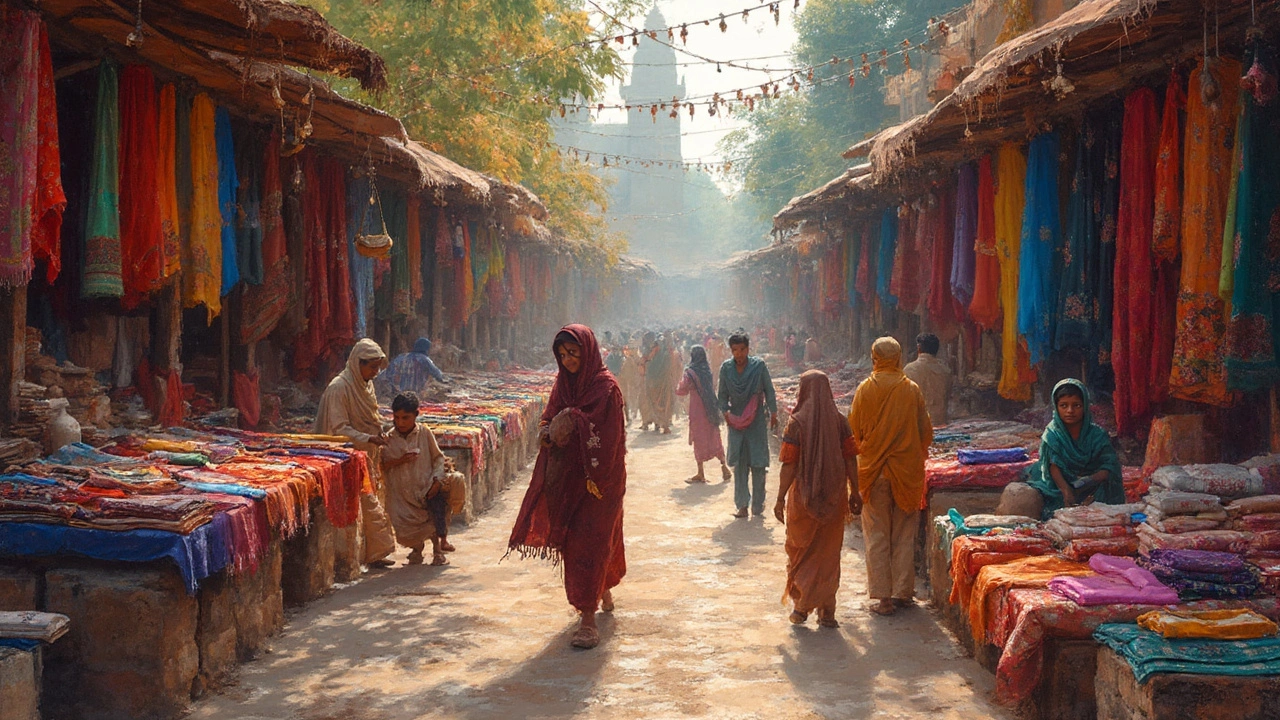Textile Trends 2024: What’s Driving India’s Fabric Market
India’s textile scene is moving fast. New fabrics, greener processes, and smarter factories are changing how we make and buy cloth. If you’re a maker, a buyer, or just curious, these trends will tell you where the industry is heading.
Sustainable Fabrics Take the Lead
Eco‑friendly yarns are no longer a niche. Brands are asking for organic cotton, recycled polyester, and banana‑fiber blends because consumers want greener choices. The shift isn’t just about images – it cuts water use, reduces waste, and can lower long‑term costs. Small factories that adopt low‑impact dyeing or switch to natural fibers often see higher demand from both local and export markets.
Factory Startup Costs Get Transparent
Opening a textile factory in India used to feel like a mystery. Recent data shows the real numbers: land and building can run 30‑40 % of the budget, machinery 35‑45 %, and compliance fees another 10‑15 %. Knowing these splits helps investors plan better and avoid hidden surprises. Many newcomers also benefit from state subsidies for green equipment, which can shave off a few lakh rupees.
At the same time, technology is lowering entry barriers. Compact, energy‑efficient looms cost less than older models and use far less power. Automation for cutting and stitching is becoming modular, so you can start small and scale up as orders grow.
Wholesale Fabric Sourcing Goes Global
Buyers are no longer tied to one country for raw cloth. Countries like Bangladesh, Vietnam, and even some African nations now rank high for wholesale fabric quality and price. Knowing which markets specialize in what – say, silk from Bangladesh or denim from Turkey – lets Indian manufacturers source smarter and keep margins healthy.
Data‑driven sourcing platforms let you compare lead times, certifications, and price points in real time. The result is faster decision‑making and less inventory sitting idle.
Digital Design and On‑Demand Production
Design software is letting small studios create patterns in minutes instead of weeks. Combined with on‑demand printing, factories can produce limited runs without huge waste. This agility meets the “fast fashion” demand while still cutting down over‑production.
Customers now expect quick turn‑around. A factory that can move from design to finished garment in under a month gains a competitive edge, especially for regional brands targeting festivals and seasonal sales.
What You Can Do Right Now
1. Review your material list – swap out at least one high‑impact fiber for a sustainable alternative.
2. Map out your startup costs using the latest cost breakdowns; focus on where subsidies apply.
3. Explore at least two new wholesale fabric markets and ask for sample swatches.
4. Invest in a basic design tool or partner with a digital studio to test on‑demand runs.
Staying ahead in the textile world means watching these trends, testing new ideas, and keeping costs in check. The industry is shifting, and the firms that adapt quickly will lead the next wave of growth.

Textile Industry in India: Current Trends and Insights
The textile industry in India is a vibrant and dynamic sector that plays a crucial role in the nation's economy. It is characterized by its wide range of products, innovative textile technologies, and significant contribution to employment and exports. Recent trends show a shift towards sustainable and eco-friendly practices, making it essential for manufacturers to adapt and capitalize on these changes. The industry's resilience and adaptability continue to drive its growth and global competitiveness.
